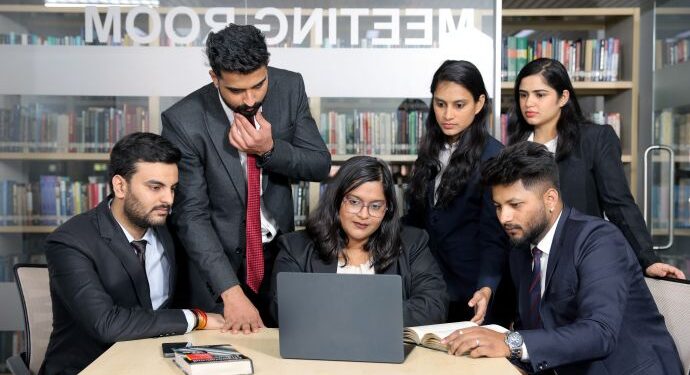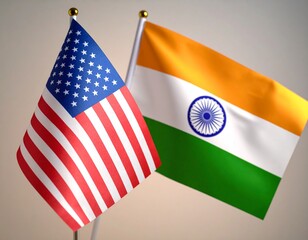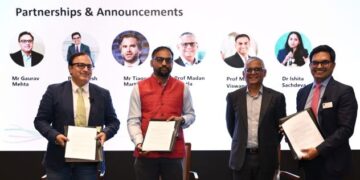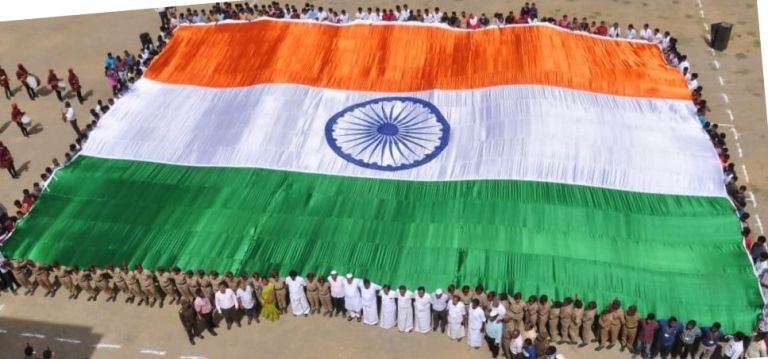The visa and other curbs coupled with the MAGA mandate are bound to have a significant impact on international student enrollment in the U.S. this year. For India, which surpassed China in 2024 as the top sender of international students to the U.S. for the first time since 2009, this is a moment of both achievement and uncertainty. Indian students now make up approximately 27% of all international students in the U.S., with over 420,000 enrolled in 2024 — an 11.8% rise from 2023. Their interest is heavily concentrated in Math & Computer Science, Engineering, and Business/Management.
This rapid growth has fueled aspirations in India and spurred the booming student consultancy business, especially following disruptions in Canada. But these new U.S. restrictions may temper that momentum. While Indian students continue to have an $11 billion economic footprint in the U.S., reinforcing their value to American higher education, the long-term impact on outbound student mobility will become clearer in the coming years. It is, after all, only the first year of a second Trump presidency, and policy environments evolve gradually.
To understand this shift, one must consider the broader ideological realignment in America. The MAGA movement, much like an Indian “sankalp patra,” represents a reassertion of traditionalist cultural and economic values. There is a marked deemphasis on academic diplomacy, global cooperation, and international exchange. U.S. universities, often seen as bastions of liberal and progressive thought, are increasingly targeted for promoting ideas MAGA-aligned groups consider antithetical to American identity — including gender theory, DEI initiatives, and globalism.
The focus under MAGA is on domestic job creation, apprenticeships, and vocational training. Programs like Optional Practical Training (OPT) and H-1B visas are framed as threats to American workers, particularly in tech and engineering fields where international students — many of them Indian — are prominent. Academic freedom is also under pressure, with skepticism toward public funding for universities perceived as elitist or left-leaning.
This is a significant departure from the longstanding U.S.-India academic collaboration. Indian scholars have engaged with U.S. education since the early 20th century. Icons like Coomaraswamy, Vivekananda, and Tagore helped shape mutual understanding. The 1959 establishment of IIT Kanpur, with help from top U.S. institutions, was a landmark in bilateral academic cooperation. Since India’s 1990s liberalization, Indian student numbers have risen steadily, particularly in STEM and business. Alumni now lead companies in Silicon Valley, contribute to U.S. research, and enrich the cultural fabric of American life.
Recent years have seen MoUs on joint research in semiconductors, AI, and quantum tech. Dual-degree programs, online education, and virtual exchanges have deepened ties. Indian students not only bring economic value but contribute meaningfully to science, innovation, and multiculturalism in the U.S.
Yet, the changing U.S. posture poses challenges. Indian students may benefit from anti-China surveillance efforts, or from travel bans targeting less-friendly nations, but the broader shift toward “America First” means fewer opportunities for international collaboration. Students must now proceed with greater caution. The U.S. no longer offers the same academic and career guarantees as before. Careful consideration and due diligence are essential.
In totality, the India-U.S. education relationship remains strong — institutionally, economically, and culturally. But Indian students and policymakers must prepare for volatility. The educational superhighway that once seemed smooth now has roadblocks. Navigating them requires both foresight and adaptability.














